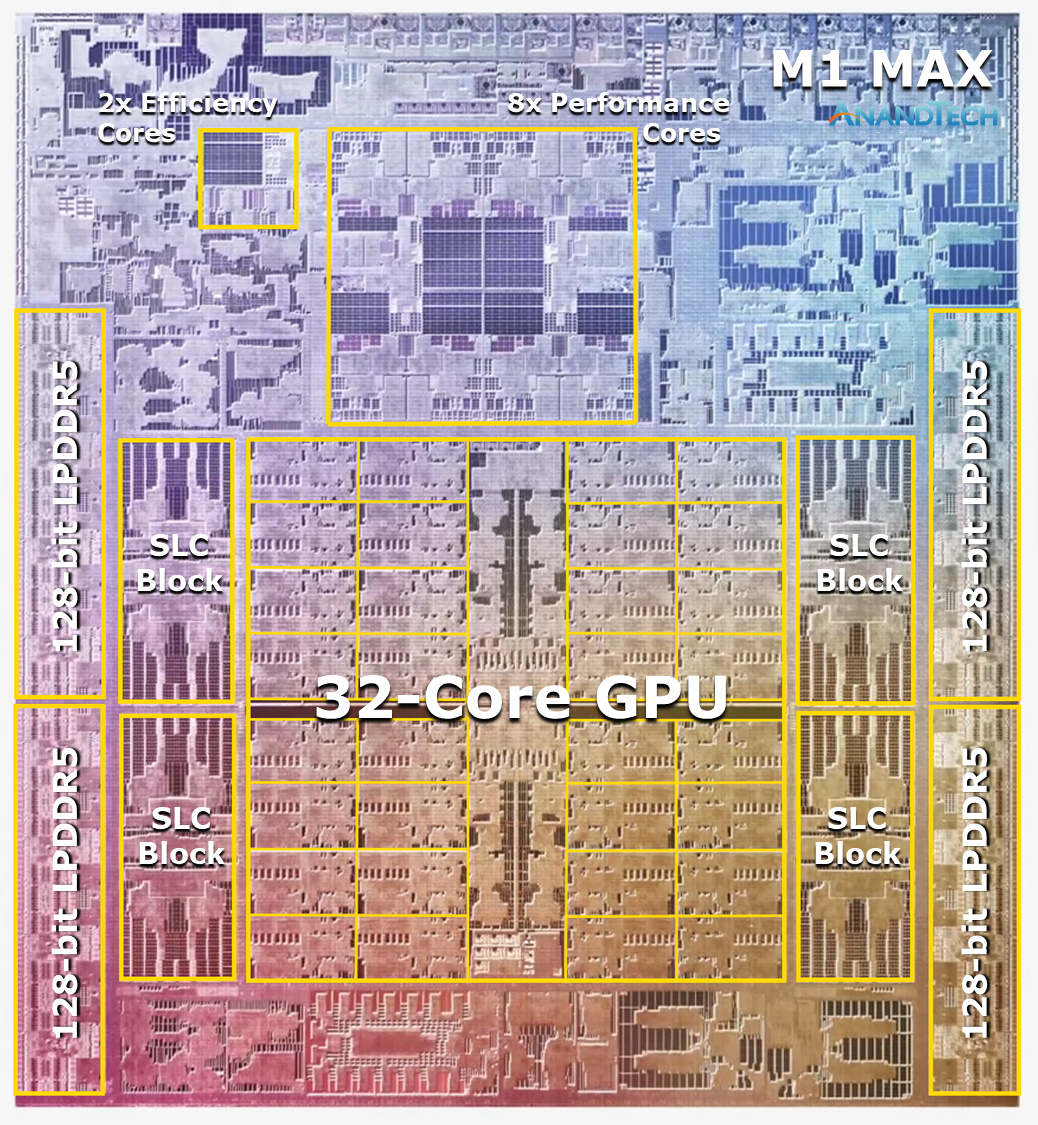I think the time that windows/microsoft virually wont exist anymore is coming sooner than later. Im not ready to invest in the M1 Max yet, but next years M2 variant might be it.
Also think that they need to work on the virtualisation/BC tech more, the next playstation and xbox are most likely not going to run AMD hardware anymore, but either Apple or a variant of it (arm).
Also think that they need to work on the virtualisation/BC tech more, the next playstation and xbox are most likely not going to run AMD hardware anymore, but either Apple or a variant of it (arm).

